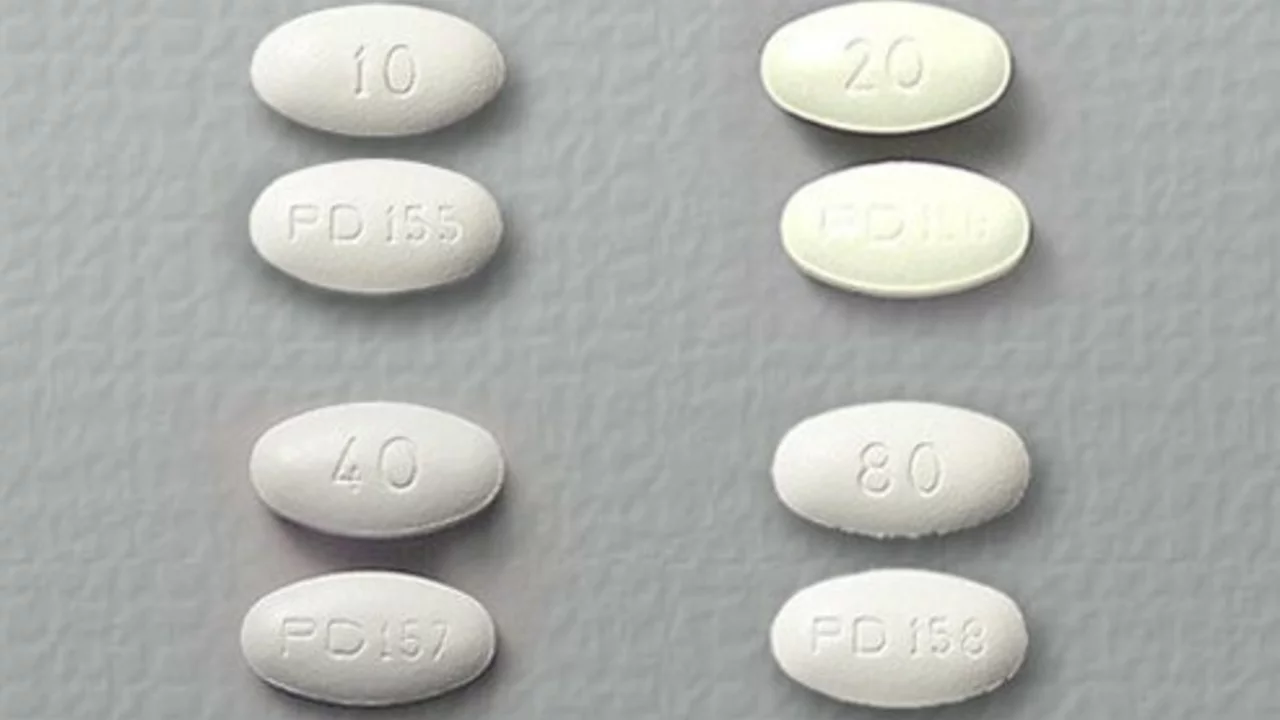Drug interactions: what to watch for and how to stay safe
Mixing medications can change how they work or cause unexpected side effects. Some interactions make a drug stronger, some make it weaker, and some create dangerous reactions. You don’t need to memorize every pair—just know the common risks, where to check, and when to call a professional.
How interactions happen and common examples
There are two main ways drugs interact. One changes how your body moves the drug (absorption, metabolism, excretion). The other changes how drugs affect the body (additive or opposing effects). For example, grapefruit juice blocks enzymes that break down many statins and some blood pressure meds, raising drug levels and side effects. Antibiotics like ciprofloxacin and calcium or iron supplements can bind in the gut and stop the antibiotic from working.
Some combos are well known for serious risks. Mixing SSRIs with MAO inhibitors can cause serotonin syndrome—a life‑threatening reaction. Warfarin’s effect on blood clotting changes with many antibiotics, antifungals, and herbal products, so bleeding risk goes up. Combining ACE inhibitors or potassium‑sparing diuretics with potassium supplements can push potassium too high. Even over‑the‑counter painkillers like ibuprofen can reduce how well some blood pressure drugs work and increase bleeding when taken with blood thinners.
Check fast, act smart
Before you add any new drug, supplement, or herbal product, ask these three things: do I need a prescription, could this affect my condition, and has my doctor or pharmacist seen this list? Use an online interaction checker for a quick read, but don’t rely on it alone. Pharmacies, prescribers, and nurses use clinical tools that catch subtler risks—call them when in doubt.
When buying meds online, make sure the site is legitimate and that a pharmacist reviews your order. If you buy over the counter or from another country, check labels carefully. Even “natural” products like St. John’s wort, ginkgo, or high‑dose vitamin K can change how prescription drugs work. Tell every clinician and pharmacist about all pills, creams, and supplements you take.
Watch for warning signs: sudden dizziness, unusual bleeding, severe stomach pain, muscle pain, dark urine, or mental changes. If any of those appear after starting or stopping a drug, stop the new product and contact your provider or emergency services depending on severity.
Keeping a simple list helps: drug name, dose, and why you take it. Share that list at every visit and when ordering meds online. Little steps—checking interactions, asking a pharmacist, and keeping your list updated—prevent most problems and keep your treatment working as it should.




